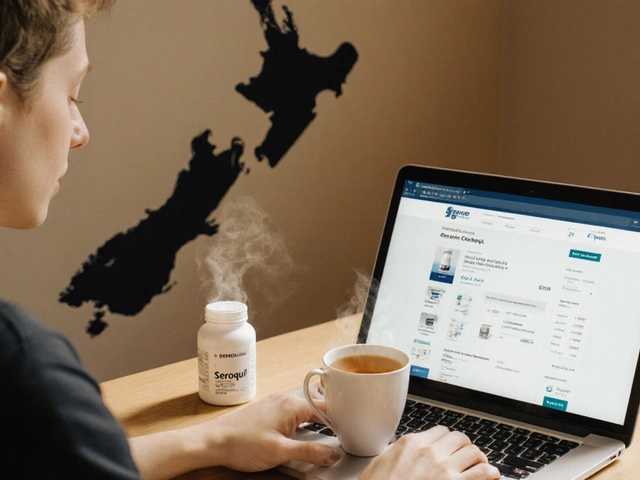Parkinson's disease: what you need to know
Parkinson's disease is a brain disorder that makes movement harder over time. It usually shows up after age 60, but younger people can get it too. The main problem is a chemical called dopamine that drops, so muscles get stiff, shaky, or slow. Knowing the basics helps you spot early warnings and plan ahead.
Common signs and early clues
First signs often look harmless. A slight tremor in one hand, especially when it’s at rest, is a classic tip‑off. You might notice that your fingers feel stiff in the morning, or that walking feels less smooth. Balance can get tricky, and you might start taking smaller steps without realizing it. If you see any of these symptoms in yourself or a loved one, it’s worth getting a doctor’s check‑up.
Managing the condition: meds and lifestyle
Medication is the backbone of treatment. The most common drug is levodopa, which the brain turns into dopamine. It usually works well, but you may need adjustments as the disease progresses. Your doctor might add dopamine agonists or MAO‑B inhibitors to smooth out ups and downs. Keep a medication diary so you can track how each dose feels – this makes tweaks easier.
Besides pills, staying active makes a big difference. Simple exercises like walking, light stretching, or tai‑chi help keep muscles flexible and improve balance. Aim for at least 30 minutes of movement most days. Even short, frequent sessions beat one long workout because they keep the nervous system engaged.
Nutrition also plays a role. A balanced diet rich in fruits, vegetables, whole grains and lean protein supports overall health. Some people find that a higher‑protein meal can slow down levodopa absorption, so spacing protein away from medication times can help. Talk to a dietitian if you’re unsure how to adjust meals.
Support networks are priceless. Joining a local Parkinson’s group or an online forum lets you share tips, ask questions, and stay motivated. Caregivers benefit too – they learn practical tricks for safe home setups, like removing loose rugs and installing grab bars.
Finally, keep an eye on mental health. Depression and anxiety are common in Parkinson’s, and they can worsen physical symptoms. Regular check‑ins with a therapist or counselor, plus staying socially active, can keep mood stable. If you notice persistent sadness or worry, reach out to a health professional early.
Living with Parkinson’s isn’t easy, but combining the right meds, steady exercise, good nutrition, and solid support makes a real difference. Stay curious, keep asking questions, and work closely with your care team – that’s the best way to stay ahead of the disease.

Requip (Ropinirole) Guide: Uses, Dosage, Side Effects & FAQs
Discover what Requip (ropinirole) does, how to take it, common side effects, safety warnings, and practical tips for managing Parkinson's or restless‑leg syndrome.
Sep 21 2025




